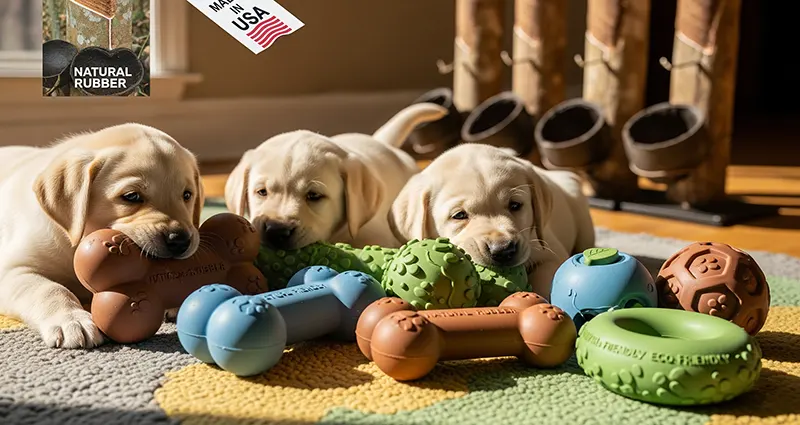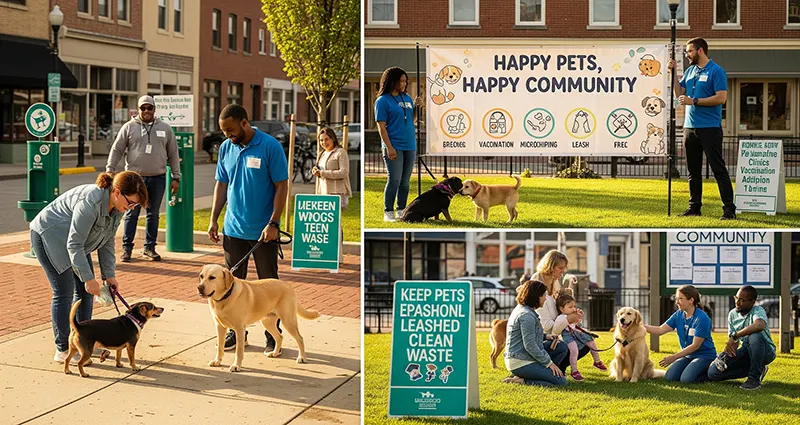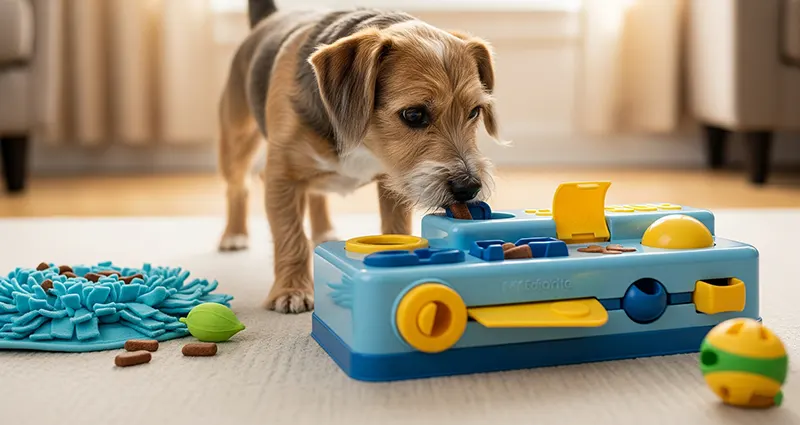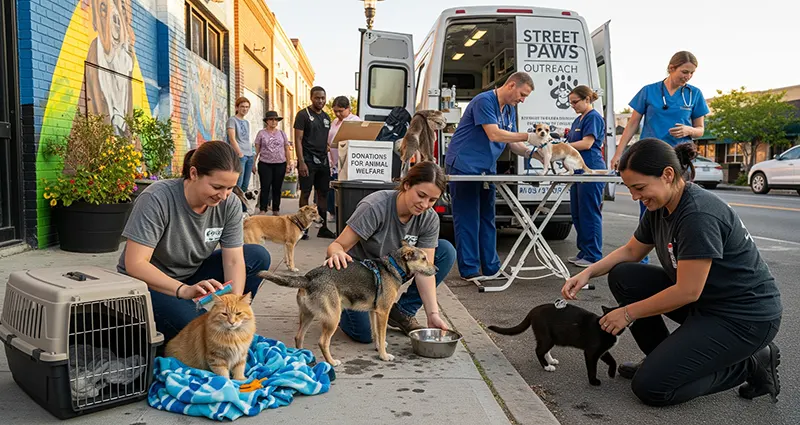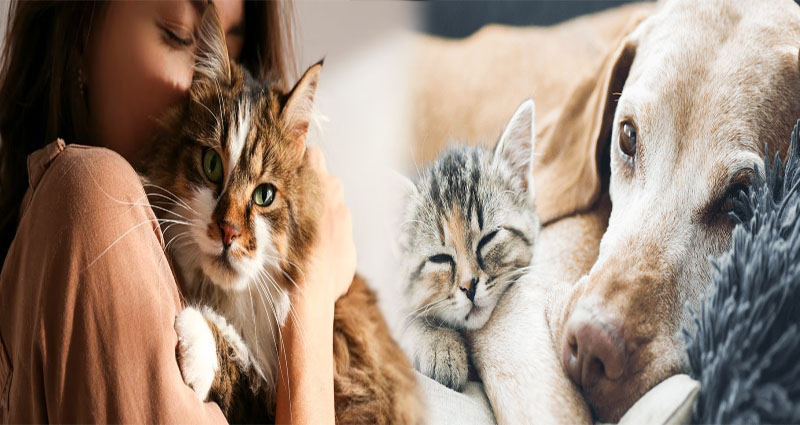Eco-Friendly Natural Rubber Dog Toys for Puppies in the US
As pet owners become increasingly conscious of environmental sustainability and the health of their furry friends, eco-friendly natural rubber dog toys for puppies are gaining popularity across the US. These toys offer a safe, durable, and environmentally responsible alternative to conventional pet toys, combining the best of health benefits for puppies with a commitment to protecting the planet.
Why Choose Eco-Friendly Natural Rubber Dog Toys?
1. Safe for Puppies
Natural rubber is a non-toxic, hypoallergenic material that is gentle on puppies’ developing teeth and gums. Unlike plastic or synthetic rubber toys, natural rubber dog toys are free from harmful chemicals such as BPA, phthalates, and PVC, ensuring that puppies can chew and play safely without the risk of ingesting toxic substances.
2. Durability
Puppies are notorious chewers, and durable toys are essential to withstand their energetic play. Natural rubber is resilient and flexible, making these toys ideal for teething puppies … Read More >>>

